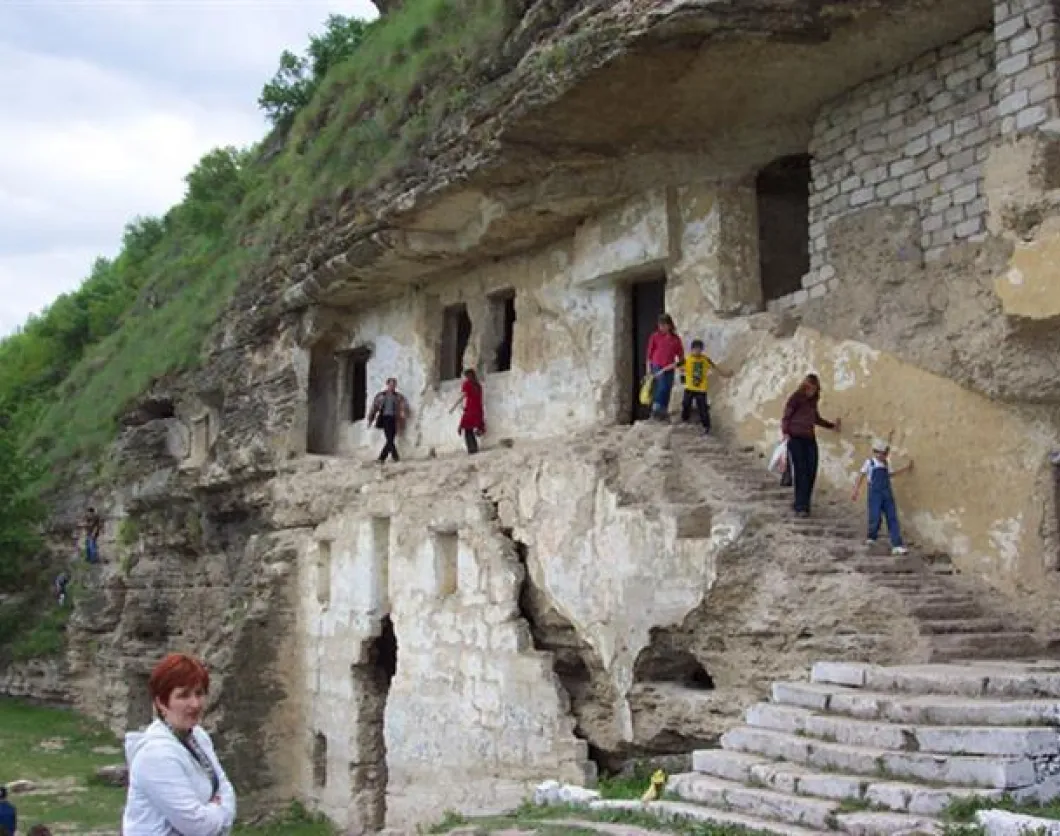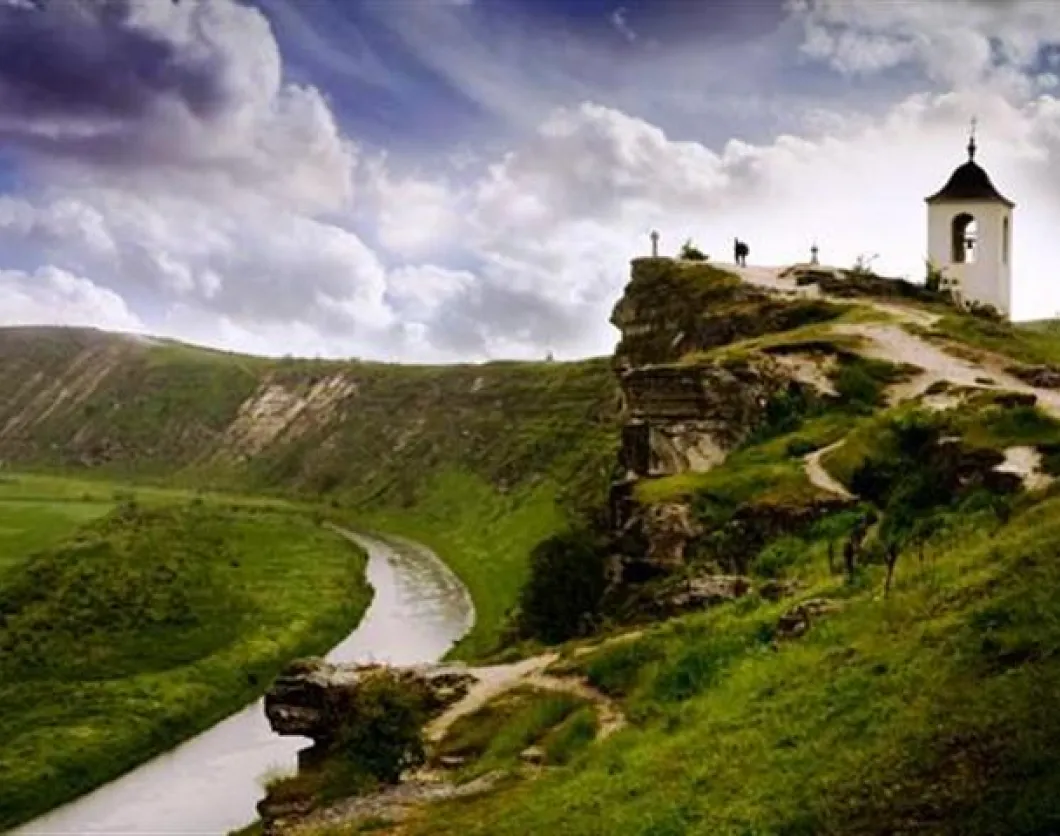Moldova is without a doubt a perfect off the beaten path tourist destinations. The region is well known for its remarkable sites and activities which provide social, physical, as well as spiritual relief. If you have a soft spot for culture, religion, history, and delicious wine, then Moldova is the place to be. Some of the top attractions include the following:
Tipova Monastery
The Tipova Monastery is well known for having been the refuge for Christians in the 13th century. This was during the invasion of the Tartars. The site is situated along the pristine banks of river Dniestr and the magnificent waterfalls within the Tipova River. The Church of St. Nicholas and The Church of The Feast of the Holy Cross are among the three main complexes which makeup the monastery.
Pushkin Museum
Also known as A.S. Pushkin’s House, the house was converted to a museum in 1940s. It began as a small unit with approximately 300 artifacts. However, it now houses more than 30,000 pieces symbolic with Eastern Europe and Russian art and culture. It is famous for having been the home of one of Russian’s greatest writers and poets, Alexander Pushkin (1799-1837).
The Cathedral of Christ’s Nativity
Christ’s Nativity Cathedral is situated at the heart of Chisinau which is also Moldova’s capital city. Built by a Russian architect, Abraham Melnikov in 1836, the church was commissioned in 1830. It is of brick and stones and comprises of three main altars.
Manastirea Curchi
If you still don’t believe that a car parked in gear with the hand brake off can move uphill, then you should visit the Manastirea Curchi and the “magnetic hill”. This cave monastery offers panoramic views of a lake as well as the well-kept gardens. It will take you approximately 45 minutes driving north of Chisinau to access this marvelous attraction.
National History Museum of Moldova
If history makes your heart skip a beat, then making a visit to the National History Museum of Moldova would certainly be a good idea. The museum located in central of Chisinau consists of 3 elegant rooms for exhibitions. The Red, Blue and Bronze room contain more than 17,376 items. The objects are symbolic of the Paleolithic, Bronze & Iron Age, Neolithic, Roman Era, Pre-Feudal Periods and also the Middle Ages.
Old Orhei Archaeological Complex
The Old Orhei Archaeological Complex is famed for its rich ancient history and pristine natural features. The site lies approximately 60 kilometers to the northeast of Trebujeni. The complex also prides in being the discovery site of many artifacts. It is also the home of Geto-Dacian fortress which was built in the 6th -1st century BC.
Cricova Winery
If you simply love your glass of wine, dropping by the Cricova winery wouldn’t be such a bad idea. Located just 15 kilometers north of Chisinau, the world’s 2nd largest underground winery is home to more than 1.25 bottles of extraordinary wine. The tunnels lie more than 100 meters below ground and extend for an incredible 125 kilometers.
The Museum of Ethnography and Natural History
The National Museum of Ethnography and Natural History is the oldest museum in Moldova. It is also the most visited with more than 50,000 tourists annually. The museum contains information on issues such as rock formation, extinction, and also topography. “Dinothere” or monstrous beast and the giant cave bear are among the attractions.
The Botanical Society of the Academy of Sciences of Moldova
The botanical society in Moldova was founded by the Russian Academy of Science in 1950. Originally, the site stretched for about 76 hectares. Currently, it is home to more than 10,000 plant species. Besides the vibrant plant life, the center offers picturesque views of a lake, hills and the surrounding region.
Milestii Mici
According to the Guinness Book of Records, Milestii Mici is the largest underground winery in the world. Located 20 kilometers south of Chisinau, the site prides in having tunnels similar to roads. They run as deep as 40 to 85 kilometers underground and stretch for a mind-boggling 250 kilometers.












